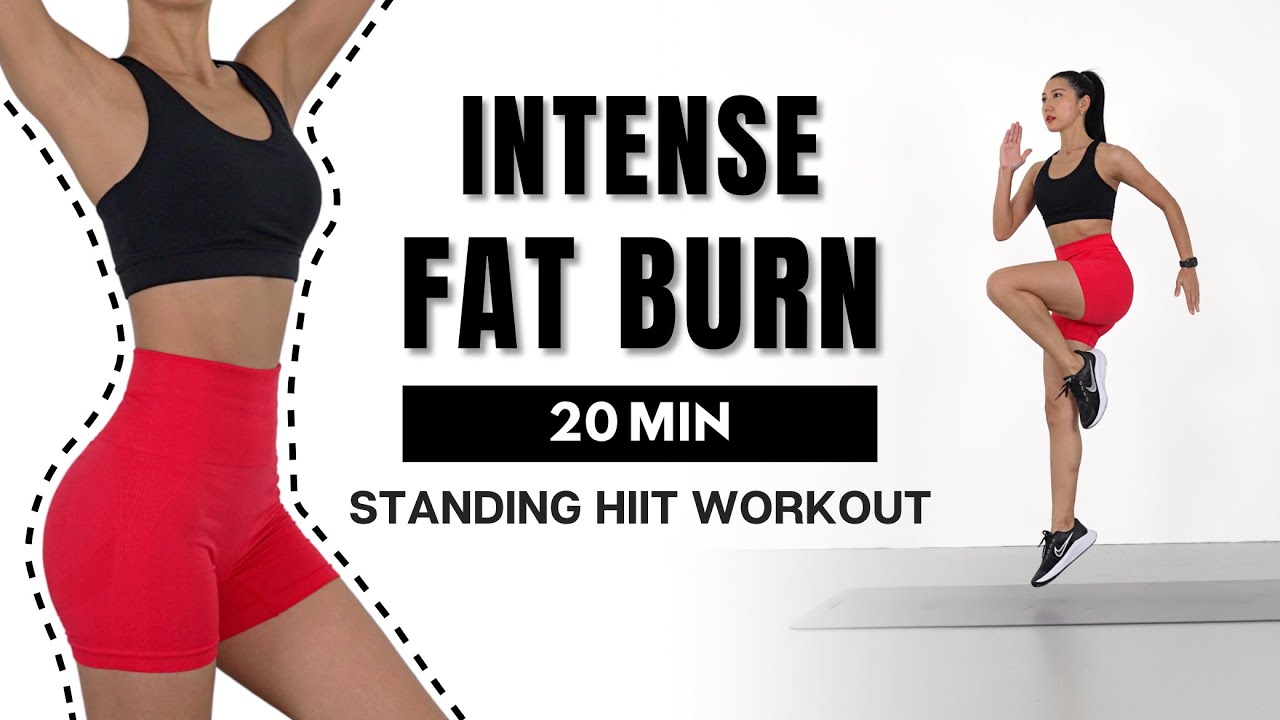Page Contents
ToggleFat burning is a popular concept in health and fitness circles, but what does it actually mean? At its core, fat burning refers to the metabolic process where the body uses stored fat as a source of energy. This process is crucial for maintaining a healthy weight, improving physical performance, and promoting overall well-being. Understanding how fat burning works, the factors influencing it, and the best strategies to optimize it can help individuals achieve their fitness goals more effectively.
How Fat Burning Works

The human body relies on energy to function, and it derives this energy from carbohydrates, fats, and proteins. Fat burning primarily occurs when the body metabolizes stored fat into usable energy through a process known as lipolysis. During lipolysis, triglycerides in fat cells are broken down into glycerol and free fatty acids, which are then transported to the bloodstream and used by muscles and other tissues for fuel.
Fat burning is most prominent during periods of low-intensity activity or when carbohydrate reserves are depleted. This is why activities like walking, yoga, or light jogging are often associated with fat burning. However, achieving optimal burning requires a deeper understanding of how to balance diet, exercise, and lifestyle.
Factors Influencing Fat Burning
Several factors impact the body’s ability to burn fat effectively. These include:
- Metabolic Rate
Metabolism plays a significant role in fat burning. People with a higher basal metabolic rate (BMR) burn more calories at rest, which can enhance fat loss. Genetics, age, and muscle mass all influence metabolic rate. - Hormonal Balance
Hormones such as insulin, glucagon, cortisol, and adrenaline regulate fat metabolism. For instance, insulin levels need to be low for the body to effectively break down fat stores. Chronic stress can disrupt hormonal balance, reducing fat-burning efficiency. - Activity Levels
Regular physical activity increases the demand for energy, prompting the body to utilize fat stores. High-intensity interval training (HIIT) and strength training are particularly effective in boosting fat metabolism. - Dietary Choices
A balanced diet rich in whole foods, healthy fats, and lean proteins supports fat burning. Avoiding excess refined sugars and carbohydrates can help maintain stable blood sugar levels and promote fat utilization. - Sleep Quality
Poor sleep disrupts metabolic processes and increases the likelihood of fat storage. Adequate rest is essential for optimal fat-burning efficiency.
Best Exercises for Fat Burning
 Different types of exercise stimulate fat burning in various ways. Here are some of the most effective workouts to incorporate into a fitness routine:
Different types of exercise stimulate fat burning in various ways. Here are some of the most effective workouts to incorporate into a fitness routine:
- Steady-State Cardio
Activities like walking, jogging, or cycling at a consistent pace are excellent for sustained fat burning. These exercises rely on fat as a primary energy source during prolonged sessions. - High-Intensity Interval Training (HIIT)
HIIT alternates between short bursts of high-intensity activity and rest periods. This type of exercise elevates the heart rate and triggers the afterburn effect, where the body continues to burn calories even after the workout ends. - Strength Training
Building muscle through resistance exercises such as weightlifting or bodyweight training increases metabolic rate. Muscle tissue burns more calories than fat tissue, even at rest, making strength training a key component of any fat-burning program. - Active Recovery Workouts
Low-impact activities like yoga or swimming can help improve circulation and encourage fat oxidation without placing excessive strain on the body.
The Role of Nutrition in Fat Burning
Diet plays a pivotal role in fat-burning success. While exercise creates a demand for energy, nutrition provides the raw materials necessary for the body to function optimally. Key dietary principles for effective fat burning include:
- Prioritize Protein
Protein supports muscle repair, enhances satiety, and boosts metabolism. Incorporate lean protein sources like chicken, fish, eggs, and plant-based options into meals. - Choose Healthy Fats
Consuming healthy fats such as avocados, nuts, seeds, and olive oil can help the body regulate energy levels and reduce inflammation, which supports fat burning. - Limit Refined Carbohydrates
Minimize intake of refined sugars and processed foods, as these can lead to blood sugar spikes and insulin resistance. Opt for whole grains, fruits, and vegetables instead. - Stay Hydrated
Proper hydration aids metabolic processes, including fat metabolism. Drinking water before meals can also help control appetite. - Use Meal Timing
Strategies like intermittent fasting or eating smaller, more frequent meals can improve the body’s ability to access fat stores for energy.
Common Myths About Fat Burning

Many misconceptions surround the topic of fat burning. Dispelling these myths is essential to understanding how the process truly works:
- Myth: Spot Reduction Works
Fat burning cannot be targeted to specific body areas. Exercises like crunches may strengthen abdominal muscles, but they won’t specifically burn belly fat. Fat loss occurs systemically. - Myth: Fat Burning Only Happens During Exercise
While exercise boosts fat burning, the body continues to fatcai99 metabolize fat throughout the day, especially during rest and sleep. - Myth: More Sweat Equals More Fat Burn
Sweating is a sign of the body regulating temperature, not necessarily an indicator of fat burning. Focus on consistent effort rather than sweat levels.
Tips for Maximizing Fat Burning
Adopting a holistic approach can help optimize fat burning. Here are some actionable tips:
- Create a Calorie Deficit
Burning more calories than consumed prompts the body to utilize fat stores for energy. However, avoid extreme calorie restriction, as it can slow metabolism. - Incorporate Active Lifestyles
Beyond structured workouts, simple habits like taking the stairs, walking more, or engaging in recreational sports can boost daily calorie burn. - Manage Stress
Chronic stress leads to elevated cortisol levels, which can hinder fat loss. Practices like meditation, deep breathing, or spending time outdoors can help manage stress. - Monitor Progress
Track progress using metrics like body composition, measurements, or performance improvements rather than relying solely on the scale. - Stay Consistent
Consistency in exercise, diet, and healthy habits is key to long-term fat-burning success.
Conclusion
Fat burning is a complex process influenced by various factors, from metabolism and hormones to exercise and diet. By understanding these elements and adopting a balanced approach, individuals can unlock their body’s potential to burn fat effectively and sustainably. Whether through mindful nutrition, strategic workouts, or lifestyle adjustments, the path to better health and fitness begins with informed choices.




